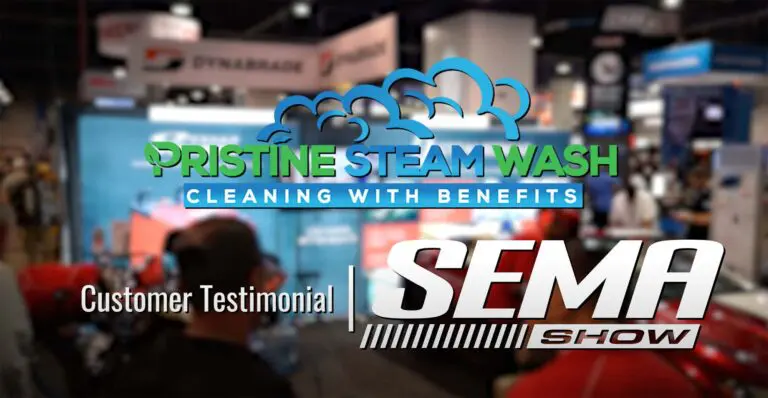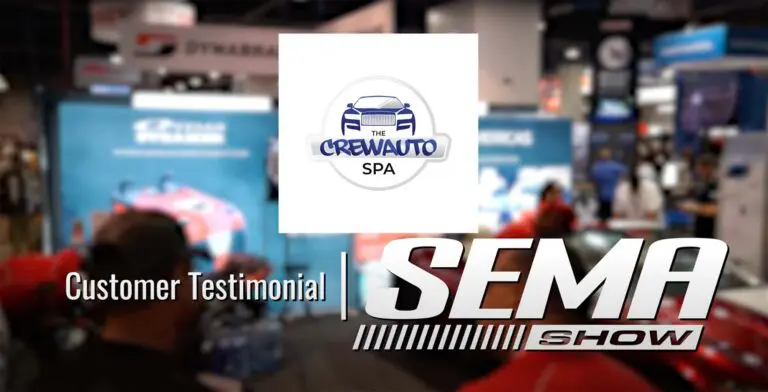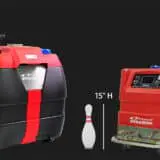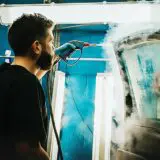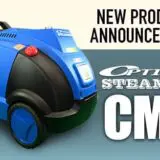Grainger Customers, Corporate, Group & Government Buyers - Learn about Wholesale Purchasing
-
Need Help? Get Support
-
Phone: 844-877-8326
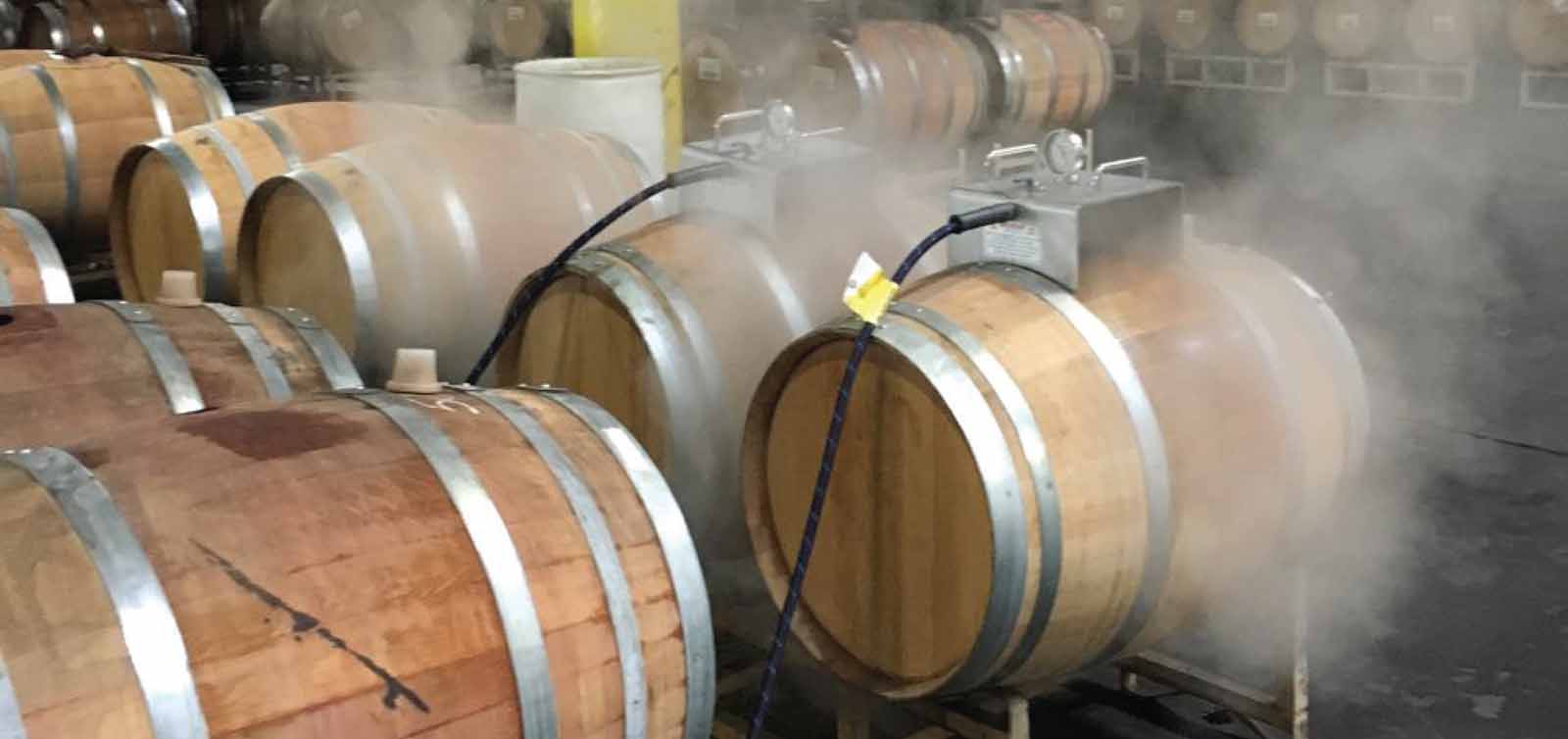
Barrel Sanitation: All Methods Are Not Created Equal
By Gerald Dlubala • March 1, 2022
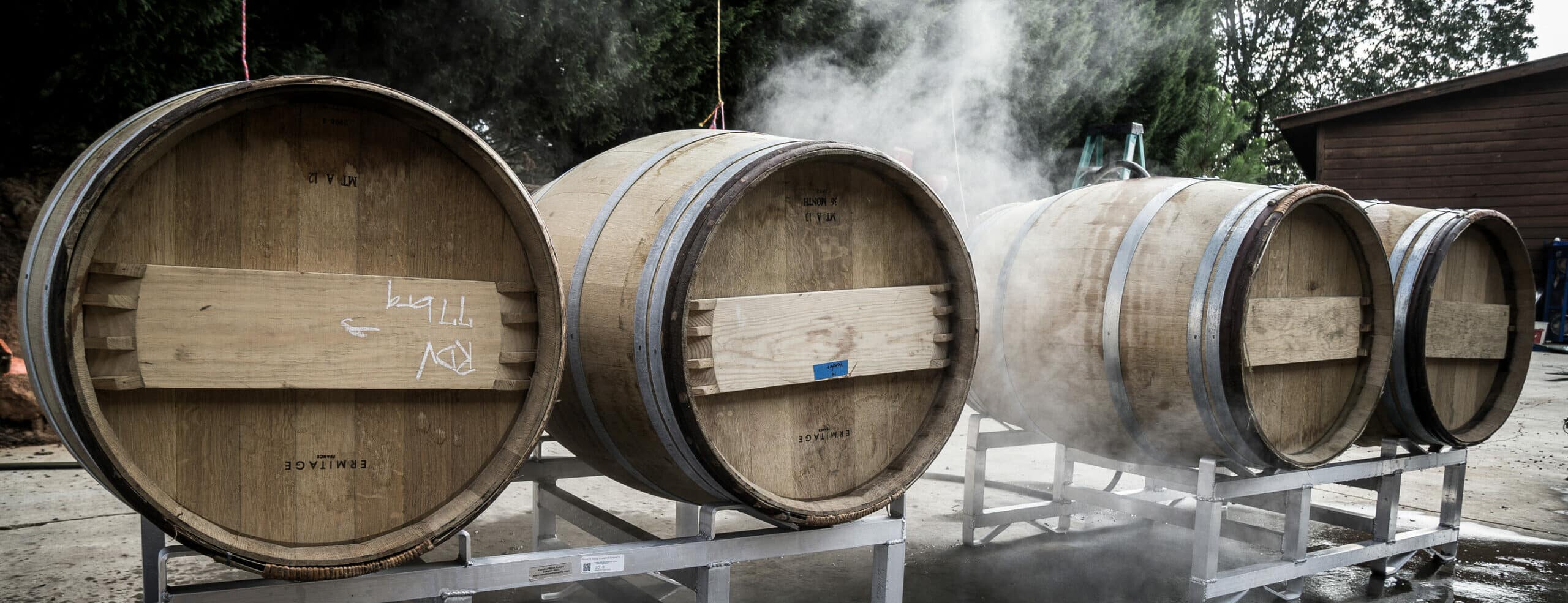
Quality winemaking requires quality ingredients. Nothing new, you think. No big revelation there, you say. You take great care of your vineyard, with constant attention to the vines, fruit structure and soil. Your timing is just right for pruning, harvesting and the winemaking process. Then, after meticulously planning and carrying out the harvest, crush and fermentation with precision instruments and experience, it’s time to put that product into the barrels for aging.
Are you as meticulous with your barrels? Even though grape quality is the main attribute in producing quality wine, there’s no doubt that cooperage is an expensive component in wine production, always coming in near the top of the expenditure list. Wooden oak barrels are challenging to clean and sanitize because they are, by nature, part of a living organism that is porous and layered. Combine this with a small access point, and you have an environment that is susceptible to micro-organisms that cause spoilage, with Brettanomyces being the primary concern.
Often labeled as a winemaker’s biggest sanitation headache, Brettanomyces is a type of yeast found in nearly every stage of the winemaking process, from the grape skins to the barrels. It can be challenging to control or eradicate because it grows into the barrel wood and becomes hidden. Brettanomyces seldom reveal themselves during the fermentation process but rather prefer to flourish during aging. Some winemakers claim that a low level of Brettanomyces can give wine desirable characteristics, but any more than that will ruin the whole batch.
In-barrel wine spoilage and short barrel life are problems facing the wine industry. Under the best conditions, wine barrels require a routine maintenance regimen to control taste- and aroma-fouling bacteria in affected barrels and keep them from taking over new, unaffected barrels.
Steamericas: Blending Science With Eco-friendly Process
“Winemakers should clean and sanitize their barrels absolutely after every use,” said Yujin Yoo Anderson, General Manager of Steamericas. “By sanitizing with a dry steam process, you can simultaneously sanitize and hydrate them to prepare them for their next use. The same goes for breweries and distilleries when hydrating vats or foeders before filling them.”
Anderson told The Grapevine Magazine that there are many reasons that a sanitation program using dry steam is preferable over the lesser effective traditional methods.
“The eco-friendliness aspect is always a priority,” said Anderson. “But ultimately, science has taught us that high heat effectively kills unwanted organisms. Dry steam, a gaseous state of boiled water above 212 degrees Fahrenheit, can penetrate barrel’s staves up to eight to nine millimeters depth and deliver high enough heat to remove Brettanomyces, which grows into the wood and is particularly hard to remove using other traditional cleaning methods. Additionally, there are quantifiable operational benefits to using dry steam sanitation for your barrels as well. Less water use means less time filling the barrels and less water and treatment costs. Dry steam uses as little as half a gallon of water per barrel in the entire sanitation process. Using dry steam is the quickest and most thorough way to sanitize a barrel, and it’s also a popular method to swell or rehydrate wooden barrels for not only wineries but also breweries and distilleries.”
Anderson said that Steamericas’ Optima steamer uses only about a half-gallon of water to rehydrate and sanitize a barrel, and it accomplishes this in just a matter of minutes. The lack of wastewater production and the elimination of chemicals allow wineries to comply with the Clean Water Act.
“The biggest challenge of using dry steam for your sanitation process is the upfront investment along with having enough power source,” said Anderson. “We typically recommend an 18kW steamer or higher for winery applications, requiring a three-phase power with preferably 480V. Wineries with 208-230V will need much more amperage. This type of investment may not make sense for a micro-winery with lower production rates and no bottling line. But to help offset the cost, a dry steamer with the proper accessories can serve as a winery and vineyard pressure washer without the wastewater runoff to clean equipment, fermentation tanks, floors and facilities, and whatever else needs a thorough cleaning.”
Steamericas’ Optima steamer can be used as a stand-alone cleaning station to sanitize two barrels simultaneously. For more extensive facilities, the
Optima can be paired with an automatic barrel washer line and loading system to clean and sanitize four barrels at a time. Maintenance largely depends on the facility’s water quality. Softened water is a must, meaning water treatment may be necessary for some instances. Steamericas sells and services their equipment through local distributors, but the machines come with display screens for real-time communication, so remote service is available if needed.
The Hot Water Treatment
Hot water treatments using water heated to 85 degrees Celsius for at least 20 minutes have proven to effectively clean oak barrels and remove the acetic acid bacteria, Brettanomyces and yeast from the wood surface down to a depth of five to nine millimeters. The disadvantage of using hot water exclusively is the amount of time spent filling the barrels, the amount of water used and the resulting amount of wastewater produced.
Specialty Chemicals Can Harbor Hidden Expense
Some sanitation methods for barrels require the use of specialty chemicals. One of the most popular chemicals for barrel sanitation is a Sodium Bisulfite solution mixed with a specific recommended amount of citric acid solution. It’s added to a barrel with water, sealed tightly, and then agitated, so the solution comes in contact with all interior surfaces. Next, the barrel is drained, thoroughly rinsed, filled with fresh, clean water and left to soak overnight. Several more rinses are needed before the barrels are ready for use, so the time and labor required for this method may be a deterrent as a standard sanitation method.
Aggressive Sanitation Methods Include Barrel Deconstruction
Dry ice blasting and shaving of the inner surface area of the barrel can be effective but require at least partial deconstruction of the barrel, resulting in a time-consuming, expensive process. These aggressive processes also strip the barrel of any oak flavors and other qualities built up from prior use. As a result, the barrel becomes neutralized and no longer imparts flavor to the wine. Some winemakers use neutral oak barrels intentionally, depending on the winemaker’s goals. Still, continued use of these more aggressive sanitation methods naturally decreases the number of times a barrel can be sanitized.
Bubble-tech gmbh: High Power Ultrasound Sanitization Retains Barrel History and Integrity
“The location of viable micro-organism cells within any barrel environment determines their chances of survival,” said Darren Bates of Bubble-tech gmbh. “Populations located within the arc of the barrel between the head stave and bilge have the greatest opportunity to survive and proliferate. Our studies show that applying high pressure or hot water sprays to the interior of barrels does not completely inactivate Brettanomyces cells. Methods like power washing, scraping and blasting destroy the toasted oak aroma compounds formed and retained in the toasted layer of a barrel. When using High Powered Ultrasound, a sonotrode gets inserted into the barrel with a small amount of heated water. The barrels are cleaned and disinfected in five to 13 minutes with no need for additional chemical rinses and using minimal energy consumption. HPU has also shown to better retain the organoleptic properties that are present over other cleaning and sanitization methods.”
Bubble-tech gmbh specializes in using ultrasonic technology in industrial processes for beverage industries, including cleaning, sanitation, extraction and defoaming methods. Bates has extensive experience providing industrial ultrasonic technology and solutions for the wine industry, successfully cleaning and sanitizing oak barrels ranging from one through seven years of age.
“In terms of how long we can extend the life of a barrel, on the conservative side, I would say two years as a minimum, but realistically it could go up to four years with an HPU cleaning frequency of one-to-two-year intervals. The HPU sanitation procedure has been successful in eliminating tartrates and reducing and removing viable cells of Brettanomyces while preserving the toasted oak qualities that winemakers desire in their red wines.”
The advantages of using a clean technology like HPU for barrel sanitation include consistent and repeatable results with no chemical residue that reduces sulfur dioxide and taint-causing or hazardous chemicals while lowering labor, energy and barrel costs.
Not All Barrels Are Salvageable
Dr. Bates told The Grapevine Magazine that infections of barrels with spoilage micro-organisms like Brettanomyces could have a marked influence on whether a winemaker can reuse a barrel. By using HPU, he hopes to extend barrel life by effectively removing tartrates, solid residues, micro-organisms, biofilms and taint compounds from surfaces and pores, and also removing anthocyanin pigments that Brettanomyces can break down.
“Additionally,” said Anderson. “If a barrel wasn’t stored properly and the gaps between staves are beyond repair with swelling, or the labor and time spent to sanitize an affected barrel outweighs the cost of a new one, then it may be time to call it quits and make it into a cool souvenir.”
Choose Environmentally Friendly Options
“Mainly, you want to consider the amount of water used, the resulting wastewater that will require treatment, and the potential side effects to humans and the environment of any chemicals used,” said Anderson. “While ozone is a powerful sanitizer, it can adversely affect humans in contact with it before it’s dissolved in water, causing nausea, headaches and respiratory issues. Mainstream methods of barrel sanitation tend to use a lot of water and chemicals that need treatment to lower the Biological Oxygen Demand before disposal.
Water with a high BOD level means less available oxygen for aquatic organisms, potentially stressing and killing them. A typical Burgundy barrel holds 60 gallons, and a medium-sized winery could have thousands of these barrels in use. Imagine how much water and ecosystem you could save if you do not have to fill the barrels to capacity to sanitize them. It’s easy to see that the sanitation method that you choose as a winemaker is important.”
Final Notes
When using any sanitation method, it’s crucial to include a barrel inspection. Even under optimal conditions, the best sanitation practices can produce side effects, ranging from the production of unwanted byproducts, some of which may be corrosive, to causing damage to already degrading rubber fittings, gaskets and some metals.
Originally published in the Grapevine Magazine, March/April issue
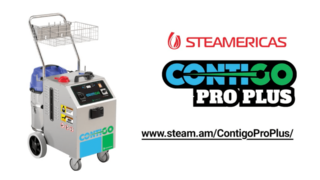
Previous Post
Introducing the Contigo PRO PLUS
Next Post
Introducing Optima XDm


